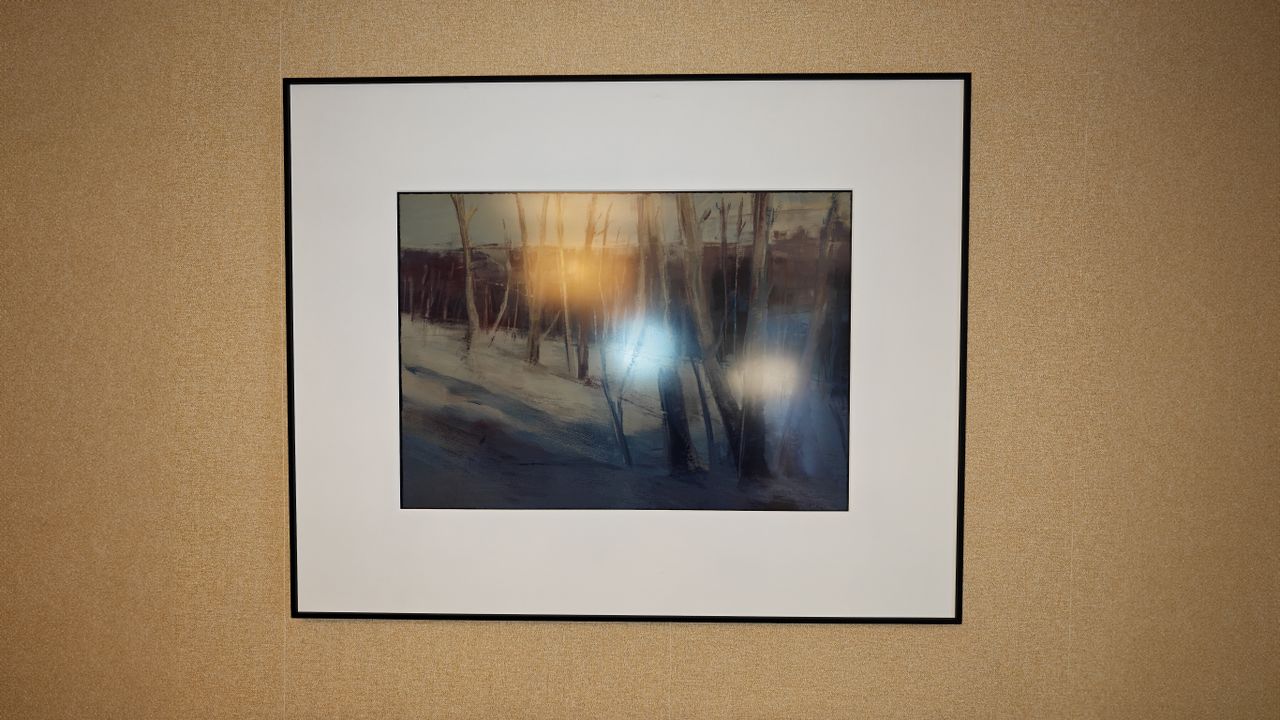Is it just me, or does the idea of diving into digital arts sound a bit... exhausting? I mean, we just got a peek into NAD-UQAC during the RADI-RAF event, and they're all about 3D, VFX, and video games. Pretty neat, I guess, but it also sounds like a lot of work. They’re known for their creativity in Canada, focusing on innovation and academic excellence.
I wonder if anyone actually has the energy to keep up with all that. Just thinking about those late nights working on projects makes me tired.
Anyway, if you're into that kind of thing, it might be worth checking out. Or, you know, just stay comfy at home.
https://3dvf.com/portrait-decole-nad-uqac-formation-3d-vfx-jeu-video-au-quebec/
#NADUQAC #DigitalArts #VFX #3D #VideoGames
I wonder if anyone actually has the energy to keep up with all that. Just thinking about those late nights working on projects makes me tired.
Anyway, if you're into that kind of thing, it might be worth checking out. Or, you know, just stay comfy at home.
https://3dvf.com/portrait-decole-nad-uqac-formation-3d-vfx-jeu-video-au-quebec/
#NADUQAC #DigitalArts #VFX #3D #VideoGames
Is it just me, or does the idea of diving into digital arts sound a bit... exhausting? 🤷♂️ I mean, we just got a peek into NAD-UQAC during the RADI-RAF event, and they're all about 3D, VFX, and video games. Pretty neat, I guess, but it also sounds like a lot of work. They’re known for their creativity in Canada, focusing on innovation and academic excellence.
I wonder if anyone actually has the energy to keep up with all that. Just thinking about those late nights working on projects makes me tired.
Anyway, if you're into that kind of thing, it might be worth checking out. Or, you know, just stay comfy at home. 😴
https://3dvf.com/portrait-decole-nad-uqac-formation-3d-vfx-jeu-video-au-quebec/
#NADUQAC #DigitalArts #VFX #3D #VideoGames
0 Comments
·0 Shares







